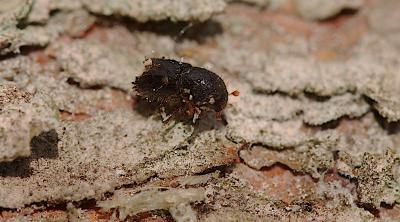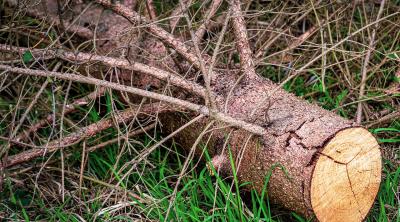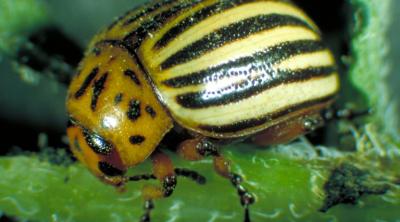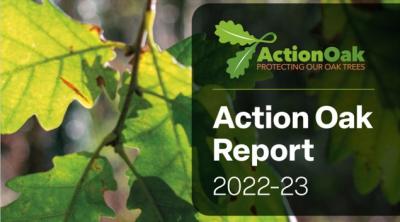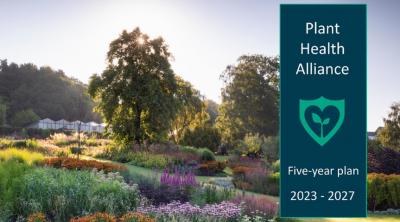News
No breeding population of Ips typographus found around port of Grangemouth
Surveys carried out by Scottish Forestry and Forest Research in the woodlands surrounding the port of Grangemouth have revealed no evidence of a wider breeding population of Ips typographus.
New funding available for plant health innovations
A new fund is available for UK biosecurity. The Small Business Research Initiative: Plant Health Innovations for Biosecurity is now open for applicants. Deadline 20th December 2023
Invasive Bark Beetle Detected in Scotland, Officials Believe it's an Isolated Case
In a significant development for Scotland's forestry industry, a solitary Ips typographus, commonly known as the Spruce Bark Beetle, was found in a trap within a Fife woodland as part of a new surveillance program by Scottish Forestry.
Border Target Operating Model launched
The UK Government has published a new Border Target Operating Model (29th August 2023), setting out new controls to create a world-class border system based on smarter use of data and technology. The model has been developed in collaboration with the Scottish and Welsh Governments to implement a coherent approach.
Colorado potato beetle larvae confirmed in Kent
Defra and the Animal and Plant Health Agency (APHA) on the 11th of July 2023 confirmed the identification of Colorado potato beetle (Leptinotarsa decemlineata) in a field in Kent.
APHA are working closely with the affected grower to eradicate the pest from the site, including performing a 1km survey to determine whether there are further cases beyond the immediately infested area.
APHA are working closely with the affected grower to eradicate the pest from the site, including performing a 1km survey to determine whether there are further cases beyond the immediately infested area.
UK International Action Plan for Plant health Published
The Department for Environment, Food and Rural Affairs has just published a policy paper: United Kingdom international action plan for plant health, developed by the UK Plant Health Service.
Action Oak Annual Report 22-23 Published
Action Oak has published it's 22-23 Annual Report (link to the report in the news article).
We are hiring! Plant Health Communications Officer
We are hiring a Plant Health Communications Officer (through Royal Botanic Gardens Edinburgh) to help coordinate our Knowledge Exchange and Impact activities. Role is part time, with hybrid working as an option. Deadline of 15th May. https://www.jobs.ac.uk/job/CZL566/plant-health-communications-officer
UK Government publishes draft Border Target Operating Model (BTOM)
A new draft of the Border Target Operating Model (BTOM) has been published by the UK Government, along with an online survey for feedback.
Plant Health Alliance launch 5-year plan
The Plant Health Alliance (owner of the freely-available Plant Health Management Standard and the Governing Body of the Plant Healthy Certification Scheme) released their 5-year plan to coincide with the Plant biosecurity strategy for Great Britain (2023 to 2028) launch.

